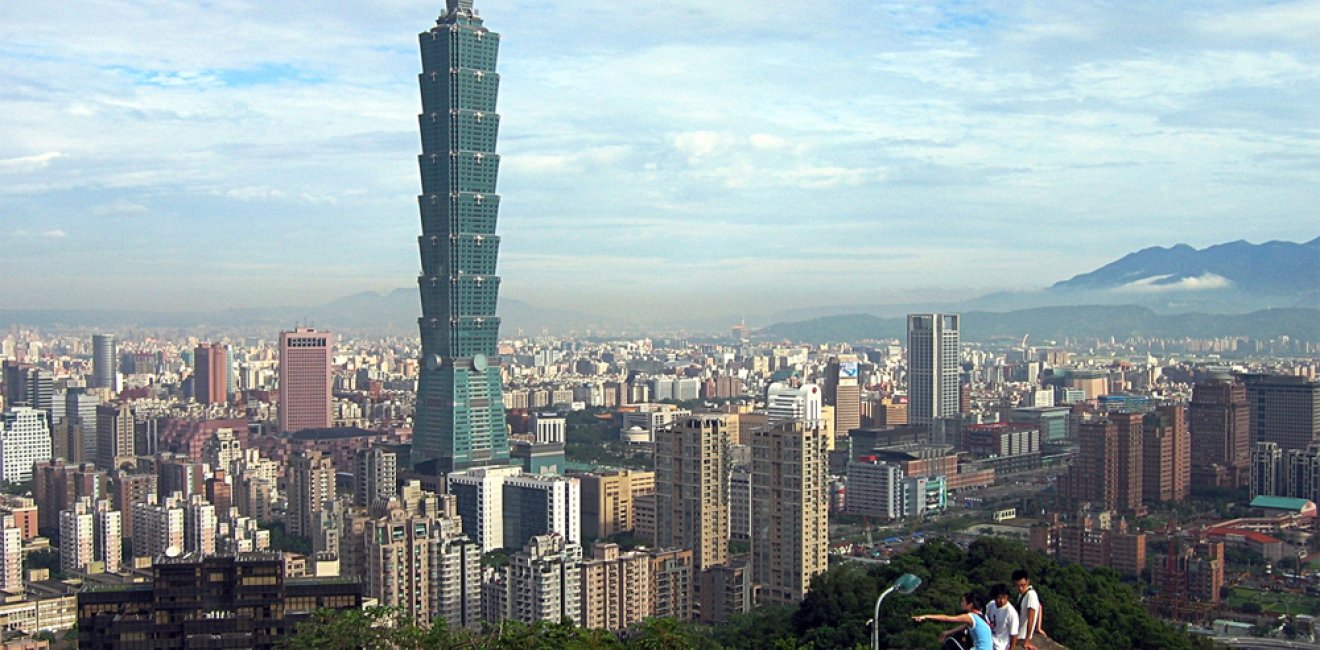The U.S. Treasury Department’s April 2017[i] currency exchange report to Congress concluded no country manipulated its exchange rate, but kept six economies on its monitoring list, including Taiwan. This designation by the Foreign Exchange Policies of Major Trading Partners of the United States signals Treasury’s concerns about economic performance and policy actions regarding those trading partners’ exchange rate practices and trade surpluses.
Notably, Treasury’s language emphasized unfair currency practices as being unfair trade practices, “Expanding trade in a way that is freer and fairer for all Americans requires that other economies avoid unfair currency practices and persistent exchange rate misalignments; that they refrain from competitive exchange rate devaluations; and that they not target exchange rates for competitive purposes. A stronger and fairer international trading system must also be supported by more robust and better balanced growth globally, with demand-led growth becoming the engine for expansion in key economies that have large external surpluses. This report, by monitoring where unfair currency practices may be emerging and encouraging policies and reforms to address large external surpluses, represents an important component of this Administration’s strategy for securing a stronger America and a more robust and fair global economy. “ [ii]
Treasury reports to Congress about the currency policies of major U.S. partners twice yearly, as required by the Omnibus Trade and Competitiveness Act of 1988 and the Trade Facilitation and Trade Enforcement Act of 2015. No country or economy has been deemed a currency manipulator since the early 1990s, when Taiwan was designated a manipulator on the grounds that its foreign exchange controls prevented its currency from appreciating, despite a strong balance of payments position.
The 2015 Trade Enforcement Act requires Treasury to analyze exchange rates and other policies for each major U.S. trading partner that has:
(1) a significant bilateral trade surplus with the United States, which Treasury defined as over $20 billion,
(2) a large overall current account surplus, defined as greater than 3 percent of its GDP, and
(3) engaged in persistent one‐sided intervention in that country’s foreign exchange market, as indicated by net purchases of foreign currencies greater than 2 percent of its GDP, the threshold defined by Treasury.
If a country or economy meets two of the three criteria, Treasury will add it to the monitoring list for active bilateral engagement.
In its recent report, Treasury determined that Taiwan no longer met two of the criteria, but kept Taiwan on its monitoring list. Treasury cited Taiwan’s large overall current account surplus, about 13 percent of GDP, the fifth largest globally. Treasury also noted Taiwan’s intervention in the foreign exchange market, primarily selling its own currency and buying foreign currency. As a result, Taiwan increased its foreign exchange reserves, but overall intervention was below the threshold set by Treasury at 2 percent of GDP.
Joining Taiwan on Treasury’s monitoring list are China, Japan, Korea, Germany and Switzerland despite meeting only one criterion. Treasury keeps an economy on the monitoring list for at least the two following reports to determine if any improvements in the criteria are durable. Therefore Taiwan can expect to be discussed in these reports at least through the end of 2017. Treasury will analyze and report on Taiwan’s bilateral surplus with the United States, its overall current account surplus and its intervention activities. Treasury has broad discretion in setting thresholds for these criteria and for determining which countries remain on the monitoring list whether or not they cross two of the three thresholds. For example, a large bilateral surplus with the United States will keep a country on this list.
Taiwan does not publicly report its official foreign exchange intervention and therefore Treasury estimates this activity based on Taiwan’s publicly reported data. This includes monthly data on central bank holdings of foreign exchange reserves. Foreign exchange reserves can change due valuation changes caused by exchange rate changes between the currencies included in reserves and will change as interest is earned on the foreign deposits held by the central bank. Treasury also analyzes the central bank’s reported holdings of foreign assets to aid in estimating intervention and follows press reports that mention possible intervention, as market participants notice unexplained volume and price effects in the market. In sum, by not reporting its official foreign exchange intervention, Taiwan forces Treasury to reach its own judgment on this criterion. Reporting intervention would remove this discretion.
Where does this leave Taiwan going forward? Treasury officials will meet with their counterparts in Taipei to urge the authorities to publish intervention data and to move to a market-determined exchange rate. Treasury will argue that currency intervention should occur only rarely under conditions of disorderly foreign exchange markets.
Earlier in 2017 it appeared that the authorities were intervening less, as the NT dollar appreciated, although some of that has recently been reversed. At the same time, foreign exchange reserves have increased over the first half of the year and market rumors point to likely intervention to limit the upward appreciation. With Taiwan’s very large current account surplus unlikely to diminish rapidly, any indications of intervention in the foreign exchange market will likely mean Treasury will keep Taiwan on its `monitoring list in order to sustain the pressure on the authorities to reduce intervention and limit it to true episodes of disorderly market conditions.
More broadly, Taiwan should reduce its dependence on trade to generate growth. Domestic investment and government spending are contributing relatively little to growth. Stronger internally generated demand, from government and domestic producers could lay the basis for a more sustained future growth path. With Taiwan’s low government and overall domestic debt, increased government investment and spending on programs to enhance productivity are possible and could contribute to stronger future growth. This would also reduce Taiwan’s vulnerability to external shifts in demand, as shown by China’s reduced tourism visits to Taiwan this year.
The bottom line is that Taiwan’s currency is undervalued as shown by its surplus of 13 percent of GDP. Bill Cline at the Peterson Institute for International Economics concluded Taiwan’s currency was significantly undervalued by over 25 % last year. [iii] The appreciation of the NT dollar earlier this year reversed that slightly but the currency is probably still 20 percent below what its equilibrium rate would be.
Furthermore, Washington today is keenly focused on unfair trade practices. Excessively depreciated foreign currencies that give Taiwan’s exporters an unfair competitive advantage in US markets could lead to more aggressive trade actions against specific product categories. US officials are currently considering using national security as a justification for imposing trade restrictions on sensitive product areas such as steel. Other US industries that have lost sales to Taiwanese competitors may also seek trade remedies, whether on national security grounds or by claiming dumping or unfair government subsidies.
Why would the Trump administration turn to these trade restrictions to deal with the unfair effects of undervalued foreign currencies such as Taiwan’s? The penalties for currency manipulation included in US legislation, were Taiwan to meet all three criteria at some point, are relatively weak sanctions. These penalties include losing access to US government procurement or Overseas Private Investment Corporation (OPIC) financing. These are unlikely to be strong incentives for Taiwan or any country to cease unfair currency practices.
By instead turning to more active trade protection, the administration could provoke retaliation from other countries targeting US exports. Trade irritants turning into trade wars are bad for all economies. Taiwan should reduce its dependence on exports and move to a market based exchange rate system. This would help US officials deflect domestic calls for protection and would give American producers a level playing field.
Meg Lundsager is a public policy fellow at the Wilson Center and the former U.S. executive director at the International Monetary Fund
[i] https://www.treasury.gov/resource-center/international/exchange-rate-policies/Documents/2017-04-14-Spring-2017-FX-Report-FINAL.PDF
[ii] Foreign Exchange Policies of Major Trading Partners of the United States. April 2017. Page 1.
[iii] PB 16-22 Estimates of Fundamental Equilibrium Exchange Rates, November 2016 by William R. Cline
November 2016 Peterson Institute for International Economics.
Meg Lundsager is a public policy fellow at the Wilson Center and the former U.S. executive director and alternate executive director at the International Monetary Fund.
Image: Wikimedia Commons/peelden (CCA-SA 3.0)






